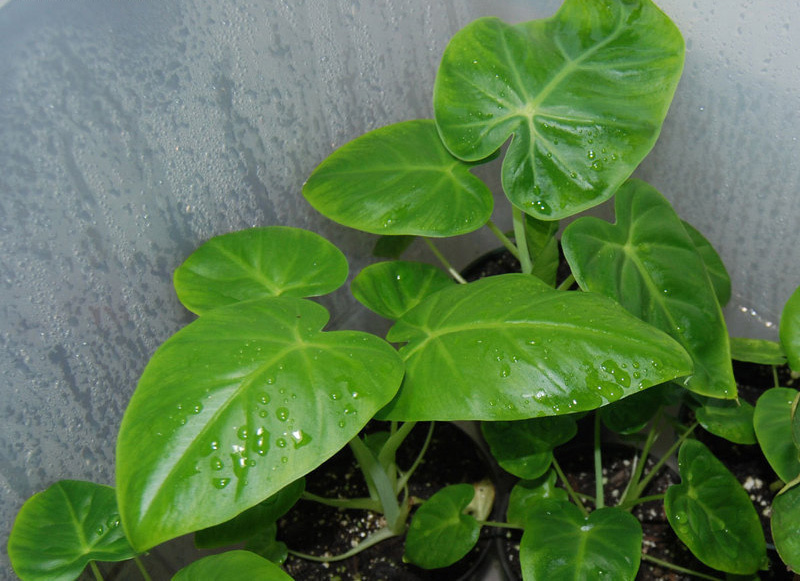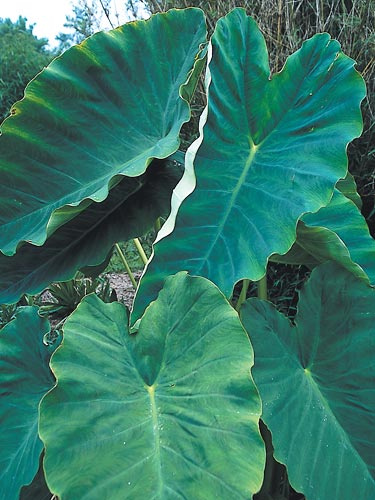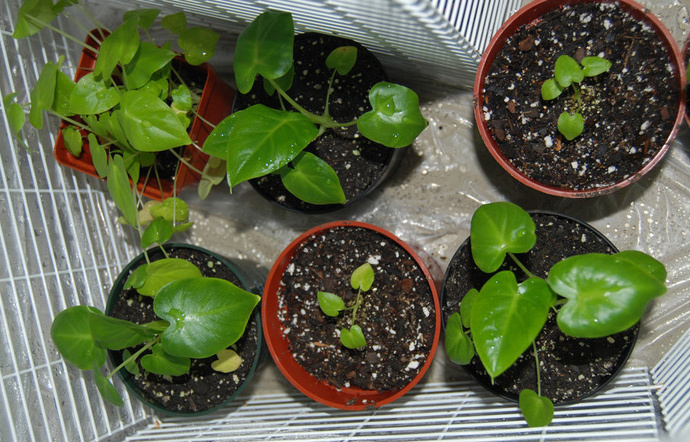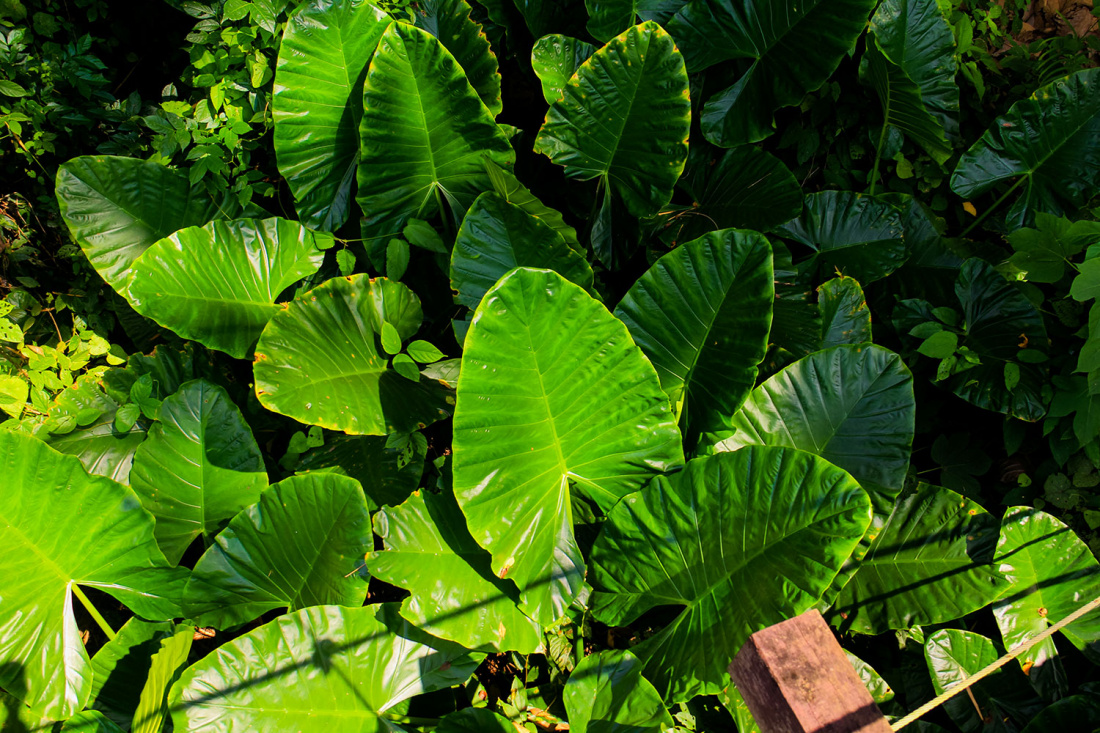The weather is heating up, and that makes this the perfect time to do some gardening and yardwork. These activities are good for your health as it's hard physical labor. Plus it's rewarding to get to see how pretty your yard is when you've finished then.
But it can also be frustrating to maintain. Each plant you put in your garden will have very different needs. Some plants need more sunlight and others need less water than others near them.
Elephant Ears planting for example requires plenty of space, water, nutrients, and sunlight. This means growing good specimens will be difficult for amateur gardeners who don't know how to plant Elephant Ears.
Elephant Ears can be difficult plants to manage especially if you don't live in a tropical climate. There are also many species of Elephant Ears that each have different needs. So if you're planning on planting some of these, then you might be looking for some tips for planting elephant ears.
This article will serve as your Elephant Ears planting guide.


Location
The first step to Elephant Ears planting is choosing where to plant them. Elephant Ears are best grown in full sun or partial shade depending on the species. If your yard is very shady, you may have a hard time growing healthy Elephant Ears.
Wind can also cause problems for your Elephant Ears. Heavy winds will damage your plant's leaves. This means that you want to find a place to plant your Elephant Ears where they won't be exposed to heavy winds often.
Elephant Ears like to grow tall and wide, so you should be sure to plant tubers between a minimum of three to five feet apart. This gives them the space they need to grow as much as they would like.
You can grow Elephant Ears as potted plants. If you choose to plant them this way, it's recommended that you use a large container for planting. This will allow the plant to grow to its full size.
Potted Elephant Ears should be placed in indirect sunlight. For best results, use high-quality potting soil and fertilize your plant every two to three weeks.

Temperature
Wild Elephant Ears are typically found in tropical climates. Because of this, they grow best in warm, moist soil.
If you live in a slightly colder climate, you should plant your Elephant Ears in the Springtime. This should be done when there is very little risk of another freeze hitting your area. Elephant Ears will not survive a frost or freeze.
You should make sure the soil is warm enough before planting as well.
Many gardeners will go as far as to start their Elephant Ear plants inside in pots before planting them in the ground when the weather warms up. If you would like to try this, start your planting between six to eight weeks before your area's last frost of the year.
For best results, place your plants on a heating mat and keep them in indirect sunlight.
You should also take steps to prevent your plants from going into shock when you plant them in the ground. It is recommended that you set them outside for a few days before planting. This allows the plant to adjust to the new temperature of its environment.
When the year's first freeze hits, you can save your Elephant Ears by trimming back the foliage down to a few inches and digging the plant up carefully. Allow this to dry out for a few days before storing it. You should store this in a dark place in dry peat moss or shavings until next Spring to plant it again.

Care
Once your Elephant Ears are planted, you will need to take care of them if you want them to last and thrive in your garden. It will take more than just sunshine and water to keep these plants alive and looking beautiful.
Elephant Ears require moist, nutrient-rich soil to thrive. This means that you should be prepared to water your Elephant Ears every day. Some species require up to two to three inches of water every day.
You should also provide plenty of nutrients to your Elephant Ears. The best way to do this is to use compost or fertilizer.
For best results, use organic slow-release fertilizer on your Elephant Ears. Bloodmeal or bonemeal fertilizers are highly recommended for these plants.
You should use mulch with either shredded hardwood or shredded leaf compost when you go to plant your Elephant Ears. These are high in nutrients and help keep the soil moist.
Don't be concerned if you see leaves falling off of your plants. Elephant Ears are constantly growing new leaves and shedding their old ones.
You should be on the lookout for possible diseases or pests that can cause problems for your Elephants Ears.
There are a few pests that will feed on the juices from your plants. Others will feed on the leaves themselves. This damages your Elephant Ears and stunts their growth.
Diseases will also keep your plants from growing as well as they can. For example, root rot can occur for a number of reasons. You should keep a close eye on the coloring and speed of your plant's growth.

Get Started On Elephant Ears Planting Today
If you're looking for a plant to add some tropical flair to your garden, then Elephant Ears planting is a great option for you. They are a stunning touch to any yard but if you don't live in a tropical climate, they can be hard to manage.
Following these instructions is how to grow Elephant Ears in your garden. They may take work but there's no reason at all why you shouldn't get some to grow successfully in your garden or indoor pots. So go ahead and get yourself some beautiful Elephant Ears today.
If you liked this article, be sure to check out our other planting guides as well!

